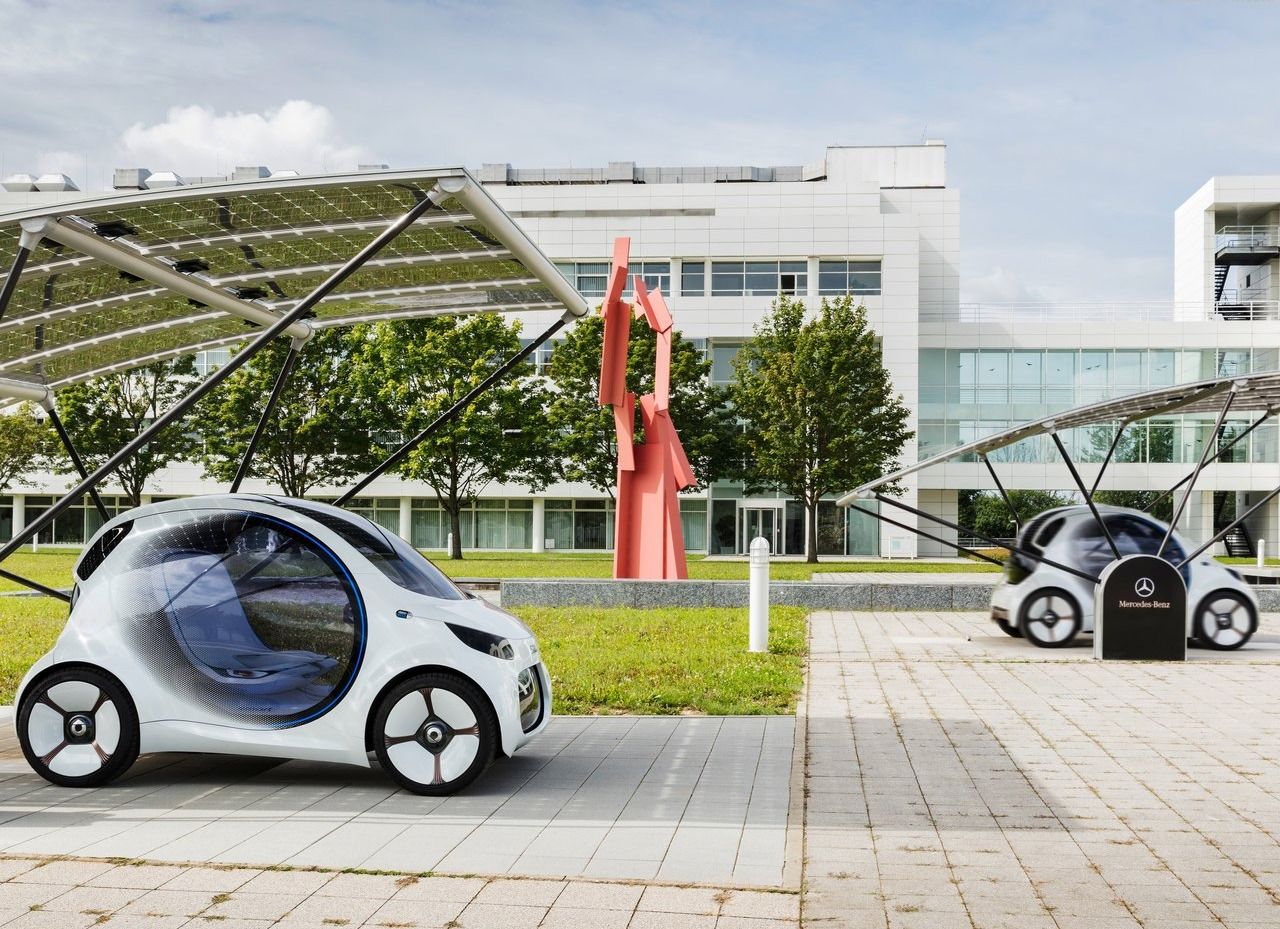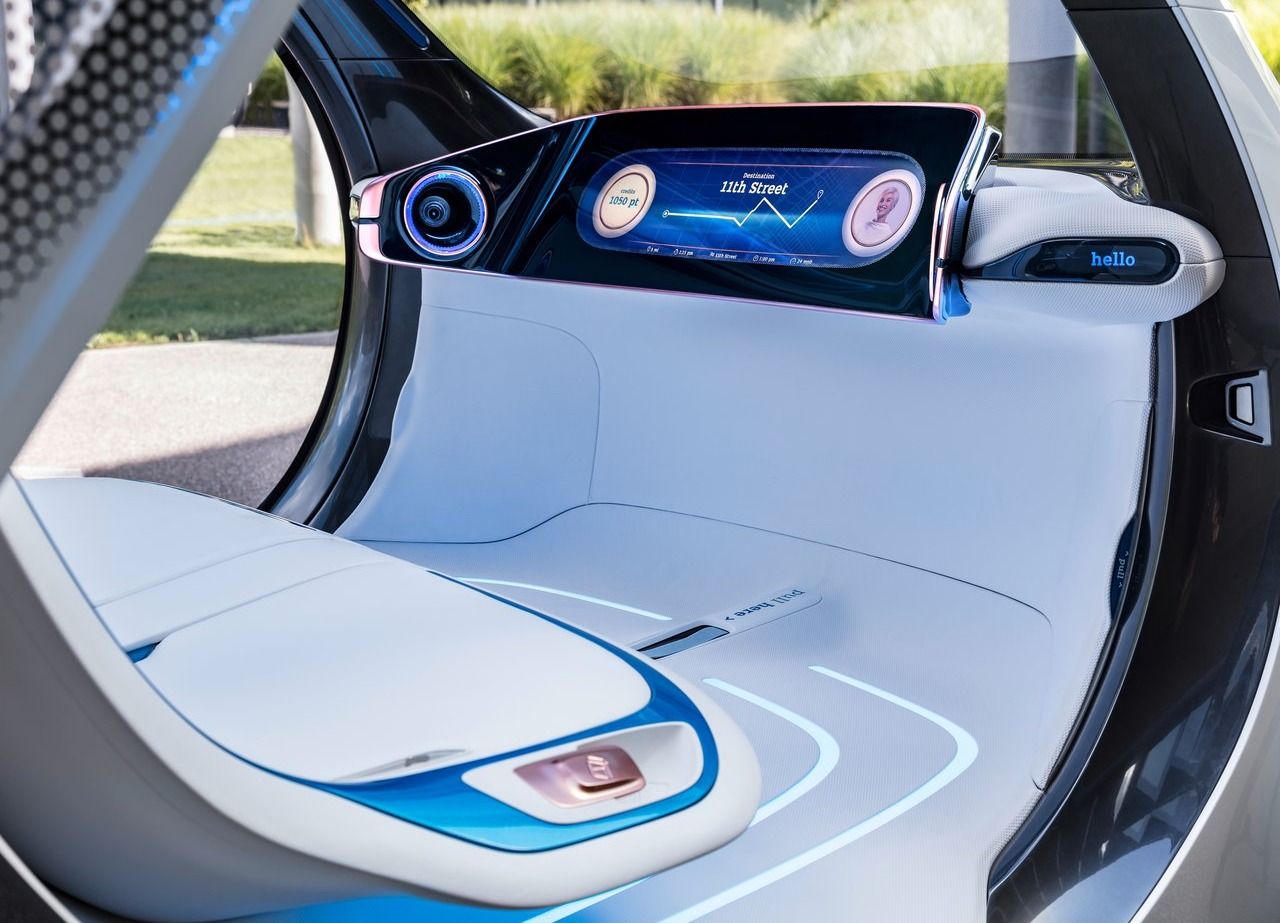Yes, the Smart Fortwo Is Making a Comeback—And It’s Electric
The Smart Fortwo, once the emblematic icon of personal mobility in tight city streets, is staging a remarkable return—now reborn for the electric era. The new model, named the Smart #2, is set to debut in late 2026, marking a nostalgic yet visionary chapter in the evolution of the beloved microcar.
A Fresh Start for a Storied Compact
Smart, now firmly an all-electric brand through a joint venture between Mercedes-Benz and Geely, officially confirmed the #2 following a period of hiatus in the A-segment city-car category. The original Smart Fortwo ceased production in March 2024, leaving the iconic two-seater absent from the roads—but not for long.
Design Heritage Meets Modern Mobility

This is the 2017 Smart-Vision_EQ_ForTwo_Concept.
Smart aims to capture the unmistakable spirit of the Fortwo—compact, clever, and city-smart—while progressing into the future with cutting-edge EV technology. The company describes the #2 as an “ultra-compact vehicle in the A-segment,” featuring hallmark Fortwo attributes: minimal overhangs, two seats, and a tiny boot—everything needed for nimble, urban mobility.
The design is led by the Mercedes-Benz design team, while Geely will oversee manufacturing, reinforcing Smart’s Europe-China collaboration. The #2 is currently in the “final design and development phase”.
So far, only a few teaser images—silhouettes of the car—have been released, emphasizing its compact footprint. But whether it retains the beloved circle-on-the-rear shape of old remains uncertain.
What We Know—and What We Still Don’t
Smart has been tight-lipped regarding key technical specs. Exact dimensions, powertrain capabilities, and pricing are yet undisclosed. However, the company suggests that the #2 positions itself as a premium electric city car, rather than a volume-driven bargain model.
Despite the information gap, some teased estimates exist. Italian-language sources hint at a model about 2.7 meters long, aiming for an electric range of approximately 187 miles (around 300 km), and targeting a 2026 launch. While these figures haven’t been confirmed, they align with expectations for a modern A-segment EV.
Strategic Timing and Brand Vision
The timing aligns with Smart’s broader transformation. Once known for gasoline-powered microcars, it now relies on its joint venture structure—Smart Automobile Co., Ltd.—established with Equal ownership from Mercedes-Benz AG and Zhejiang Geely Holding Group.
Car production currently takes place in China, with marketing, distribution, and after-sales support handled through Smart Europe GmbH in Stuttgart. In April 2024, Smart Europe CEO Dirk Adelmann revealed the development of a new platform—the Electric Compact Architecture (ECA)—intended to underpin a "future Smart two-seater city car".

This platform appears to be the foundation for the #2, which Smart refers to as the grand culmination of a multi-year initiative, dubbed #project: two—a concerted effort toward launching this compact EV by late 2026. Wolfgang Ufer, CEO of Smart Germany, expressed the car’s importance:
“For many of us, this vehicle is more than just another product … It is the ideal two-seater for Germany’s big cities.”
He added that the Smart #2 heralds a true milestone for the brand.
A Two-Year Lull Before the Return
The emergence of the #2 comes after a two-year absence of any A-segment offering from Smart. The original Fortwo EV left production in 2024; since then, the brand’s lineup has focused on larger electric SUVs like the #1, #3, and upcoming #5. The #2 signals a shift back to compact, individual-driven urban vehicles—an area Smart helped define decades ago.
As anticipation builds, the automotive community awaits further official reveals—interior shots, full specs, and pricing details. Will the Smart #2 evoke fond memories of the original while projecting a forward-looking vision? Will performance match expectations for premium urban EVs? Can the brand balance compact charm and modern expectations?
The foundational partnership between Mercedes-Benz’s design expertise and Geely’s production capabilities offers Smart a global edge. With the #2's debut slated for late 2026, the stage is set for the Fortwo's most compelling comeback yet—one that blends nostalgia with electric innovation, ready to rewrite the next chapter of city-scale electric mobility.